Citibank 2013 Annual Report Download - page 90
Download and view the complete annual report
Please find page 90 of the 2013 Citibank annual report below. You can navigate through the pages in the report by either clicking on the pages listed below, or by using the keyword search tool below to find specific information within the annual report.-
 1
1 -
 2
2 -
 3
3 -
 4
4 -
 5
5 -
 6
6 -
 7
7 -
 8
8 -
 9
9 -
 10
10 -
 11
11 -
 12
12 -
 13
13 -
 14
14 -
 15
15 -
 16
16 -
 17
17 -
 18
18 -
 19
19 -
 20
20 -
 21
21 -
 22
22 -
 23
23 -
 24
24 -
 25
25 -
 26
26 -
 27
27 -
 28
28 -
 29
29 -
 30
30 -
 31
31 -
 32
32 -
 33
33 -
 34
34 -
 35
35 -
 36
36 -
 37
37 -
 38
38 -
 39
39 -
 40
40 -
 41
41 -
 42
42 -
 43
43 -
 44
44 -
 45
45 -
 46
46 -
 47
47 -
 48
48 -
 49
49 -
 50
50 -
 51
51 -
 52
52 -
 53
53 -
 54
54 -
 55
55 -
 56
56 -
 57
57 -
 58
58 -
 59
59 -
 60
60 -
 61
61 -
 62
62 -
 63
63 -
 64
64 -
 65
65 -
 66
66 -
 67
67 -
 68
68 -
 69
69 -
 70
70 -
 71
71 -
 72
72 -
 73
73 -
 74
74 -
 75
75 -
 76
76 -
 77
77 -
 78
78 -
 79
79 -
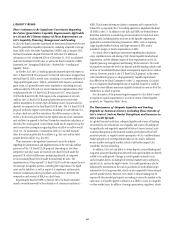 80
80 -
 81
81 -
 82
82 -
 83
83 -
 84
84 -
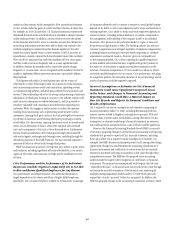 85
85 -
 86
86 -
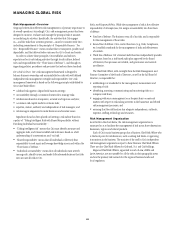 87
87 -
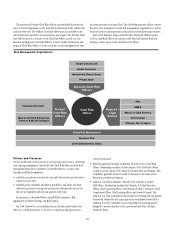 88
88 -
 89
89 -
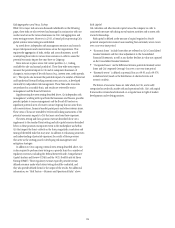 90
90 -
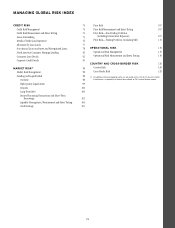 91
91 -
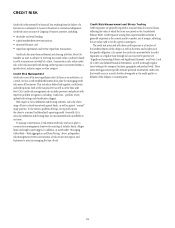 92
92 -
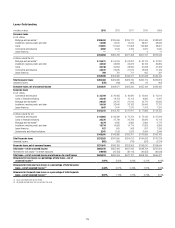 93
93 -
 94
94 -
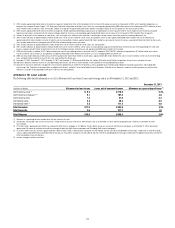 95
95 -
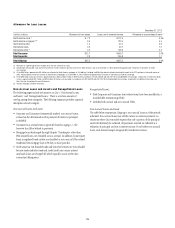 96
96 -
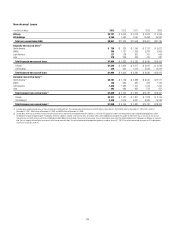 97
97 -
 98
98 -
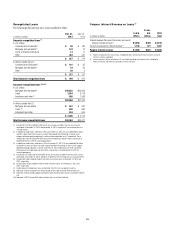 99
99 -
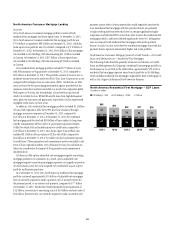 100
100 -
 101
101 -
 102
102 -
 103
103 -
 104
104 -
 105
105 -
 106
106 -
 107
107 -
 108
108 -
 109
109 -
 110
110 -
 111
111 -
 112
112 -
 113
113 -
 114
114 -
 115
115 -
 116
116 -
 117
117 -
 118
118 -
 119
119 -
 120
120 -
 121
121 -
 122
122 -
 123
123 -
 124
124 -
 125
125 -
 126
126 -
 127
127 -
 128
128 -
 129
129 -
 130
130 -
 131
131 -
 132
132 -
 133
133 -
 134
134 -
 135
135 -
 136
136 -
 137
137 -
 138
138 -
 139
139 -
 140
140 -
 141
141 -
 142
142 -
 143
143 -
 144
144 -
 145
145 -
 146
146 -
 147
147 -
 148
148 -
 149
149 -
 150
150 -
 151
151 -
 152
152 -
 153
153 -
 154
154 -
 155
155 -
 156
156 -
 157
157 -
 158
158 -
 159
159 -
 160
160 -
 161
161 -
 162
162 -
 163
163 -
 164
164 -
 165
165 -
 166
166 -
 167
167 -
 168
168 -
 169
169 -
 170
170 -
 171
171 -
 172
172 -
 173
173 -
 174
174 -
 175
175 -
 176
176 -
 177
177 -
 178
178 -
 179
179 -
 180
180 -
 181
181 -
 182
182 -
 183
183 -
 184
184 -
 185
185 -
 186
186 -
 187
187 -
 188
188 -
 189
189 -
 190
190 -
 191
191 -
 192
192 -
 193
193 -
 194
194 -
 195
195 -
 196
196 -
 197
197 -
 198
198 -
 199
199 -
 200
200 -
 201
201 -
 202
202 -
 203
203 -
 204
204 -
 205
205 -
 206
206 -
 207
207 -
 208
208 -
 209
209 -
 210
210 -
 211
211 -
 212
212 -
 213
213 -
 214
214 -
 215
215 -
 216
216 -
 217
217 -
 218
218 -
 219
219 -
 220
220 -
 221
221 -
 222
222 -
 223
223 -
 224
224 -
 225
225 -
 226
226 -
 227
227 -
 228
228 -
 229
229 -
 230
230 -
 231
231 -
 232
232 -
 233
233 -
 234
234 -
 235
235 -
 236
236 -
 237
237 -
 238
238 -
 239
239 -
 240
240 -
 241
241 -
 242
242 -
 243
243 -
 244
244 -
 245
245 -
 246
246 -
 247
247 -
 248
248 -
 249
249 -
 250
250 -
 251
251 -
 252
252 -
 253
253 -
 254
254 -
 255
255 -
 256
256 -
 257
257 -
 258
258 -
 259
259 -
 260
260 -
 261
261 -
 262
262 -
 263
263 -
 264
264 -
 265
265 -
 266
266 -
 267
267 -
 268
268 -
 269
269 -
 270
270 -
 271
271 -
 272
272 -
 273
273 -
 274
274 -
 275
275 -
 276
276 -
 277
277 -
 278
278 -
 279
279 -
 280
280 -
 281
281 -
 282
282 -
 283
283 -
 284
284 -
 285
285 -
 286
286 -
 287
287 -
 288
288 -
 289
289 -
 290
290 -
 291
291 -
 292
292 -
 293
293 -
 294
294 -
 295
295 -
 296
296 -
 297
297 -
 298
298 -
 299
299 -
 300
300 -
 301
301 -
 302
302 -
 303
303 -
 304
304 -
 305
305 -
 306
306 -
 307
307 -
 308
308 -
 309
309 -
 310
310 -
 311
311 -
 312
312 -
 313
313 -
 314
314 -
 315
315 -
 316
316 -
 317
317 -
 318
318 -
 319
319 -
 320
320 -
 321
321 -
 322
322 -
 323
323 -
 324
324 -
 325
325 -
 326
326 -
 327
327 -
 328
328 -
 329
329 -
 330
330 -
 331
331 -
 332
332 -
 333
333 -
 334
334 -
 335
335 -
 336
336 -
 337
337 -
 338
338 -
 339
339 -
 340
340 -
 341
341 -
 342
342
 |
 |
72
Risk Aggregation and Stress Testing
While Citi’s major risk areas are discussed individually on the following
pages, these risks are also reviewed and managed in conjunction with one
another and across the various businesses via Citi’s risk aggregation and
stress testing processes. Moreover, in 2013, a formal policy governing Citi’s
global systemic stress testing was established.
As noted above, independent risk management monitors and controls
major risk exposures and concentrations across the organization. This
requires the aggregation of risks, within and across businesses, as well
as subjecting those risks to various stress scenarios in order to assess the
potential economic impact they may have on Citigroup.
Stress tests are in place across Citi’s entire portfolio (i.e., trading,
available-for-sale and accrual portfolios). These firm-wide stress reports
measure the potential impact to Citi and its component businesses of
changes in various types of key risk factors (e.g., interest rates, credit spreads,
etc.). The reports also measure the potential impact of a number of historical
and hypothetical forward-looking systemic stress scenarios, as developed
internally by independent risk management. These firm-wide stress tests
are produced on a monthly basis, and results are reviewed by senior
management and the Board of Directors.
Supplementing the stress testing described above, Citi independent risk
management, working with input from the businesses and finance, provides
periodic updates to senior management and the Board of Directors on
significant potential areas of concern across Citigroup that can arise from
risk concentrations, financial market participants and other systemic issues.
These areas of focus are intended to be forward-looking assessments of the
potential economic impacts to Citi that may arise from these exposures.
The stress-testing and focus-position exercises described above are a
supplement to the standard limit-setting and risk-capital exercises described
below, as these processes incorporate events in the marketplace and within
Citi that impact the firm’s outlook on the form, magnitude, correlation and
timing of identified risks that may arise. In addition to enhancing awareness
and understanding of potential exposures, the results of these processes
then serve as the starting point for developing risk management and
mitigation strategies.
In addition to Citi’s ongoing, internal stress testing described above, Citi
is also required to perform stress testing on a periodic basis for a number of
regulatory exercises, including the Federal Reserve Board’s Comprehensive
Capital Analysis and Review (CCAR) and the OCC’s Dodd-Frank Act Stress
Testing (DFAST). These regulatory exercises typically prescribe certain
defined scenarios under which stress testing should be conducted, and
they also provide defined forms for the output of the results. For additional
information, see “Risk Factors—Business and Operational Risks” above.
Risk Capital
Citi calculates and allocates risk capital across the company in order to
consistently measure risk taking across business activities and to assess risk-
reward relationships.
Risk capital is defined as the amount of capital required to absorb
potential unexpected economic losses resulting from extremely severe events
over a one-year time period.
•“Economic losses” include losses that are reflected on Citi’s Consolidated
Income Statement and fair value adjustments to the Consolidated
Financial Statements, as well as any further declines in value not captured
on the Consolidated Income Statement.
•“Unexpected losses” are the difference between potential extremely severe
losses and Citi’s expected (average) loss over a one-year time period.
•“Extremely severe” is defined as potential loss at a 99.9% and a 99.97%
confidence level, based on the distribution of observed events and
scenario analysis.
The drivers of economic losses are risks which, for Citi, are broadly
categorized as credit risk, market risk and operational risk. Citi’s risk capital
framework is reviewed and enhanced on a regular basis in light of market
developments and evolving practices.
